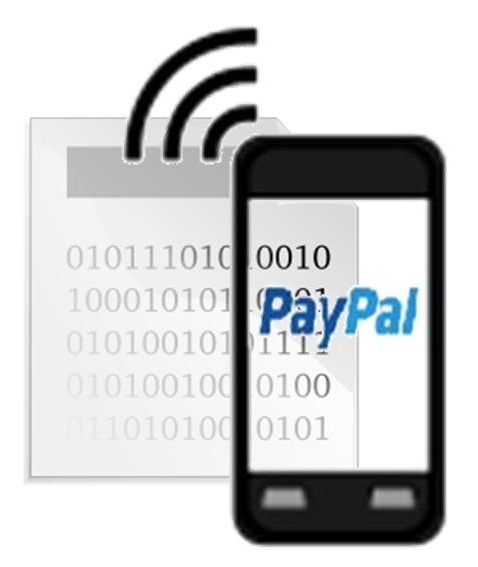As smartphone based transactions take off at breakneck speed, everyone is trying to hop aboard.
The speed with which mobile payments services are growing and are becoming accepted have now made it clear to most large banks that if they want to be able to remain relevant into the future, they will need to be able to offer their customers the ability to pay for goods and services through the use of smartphones.
Many telecoms and credit card companies are also hopping on board this massive trend.
Even retailers are starting to come up with their own opportunities to hop onto the mobile payments bandwagon and are coming up with their own unique strategies. As the shift toward smartphones as a platform continues, a growing number of companies from massive international giants to small mobile app development startups are trying to turn themselves into important players in this sector.
As mobile payments adoption becomes more common, the competition for those positions is growing.
In fact, it has already reached the point that solutions providers are trying virtually anything to carve out their share of this market, and to continue clawing to broaden that share. Unfortunately, as this continues to occur at an increasingly rapid rate, it is also causing this particular market to fragment. The technology as a whole is owned by many groups and within each group there is a flood of different players. Every one of them is looking to dominate as opposed to creating a consistent experience overall.
The result has been the development of what David Sear, Weve managing director, called a “mess”. He pointed out that “It is confusing for people and for banks, as well as being costly all round.” He explained that scalability is critical in order to make this market work. While it is currently questionable whether the situation is contributing to bank revenues in any way, it is undoubted that these institutions must hang onto it, regardless, in order to succeed in the future.
This fact makes the future of mobile payments extremely hard to predict. The form of it, at the moment, suggests that it will only continue to become more muddied and complex before it has the ability to improve.

 At the moment, in terms of merchants and consumers, the company may be considered the leader.
At the moment, in terms of merchants and consumers, the company may be considered the leader.